The next iPhone you buy might have Intel inside, if the company is able to succeed in its new plans to overthrow Apple’s long-time partner, Taiwan Semiconductor Manufacturing Co.
Intel, the world’s-largest chipmaker, is reportedly looking to make a big splash in mobile chips and has already started talking to Apple about taking over orders to make the ARM processors used in the iPad and iPhone.
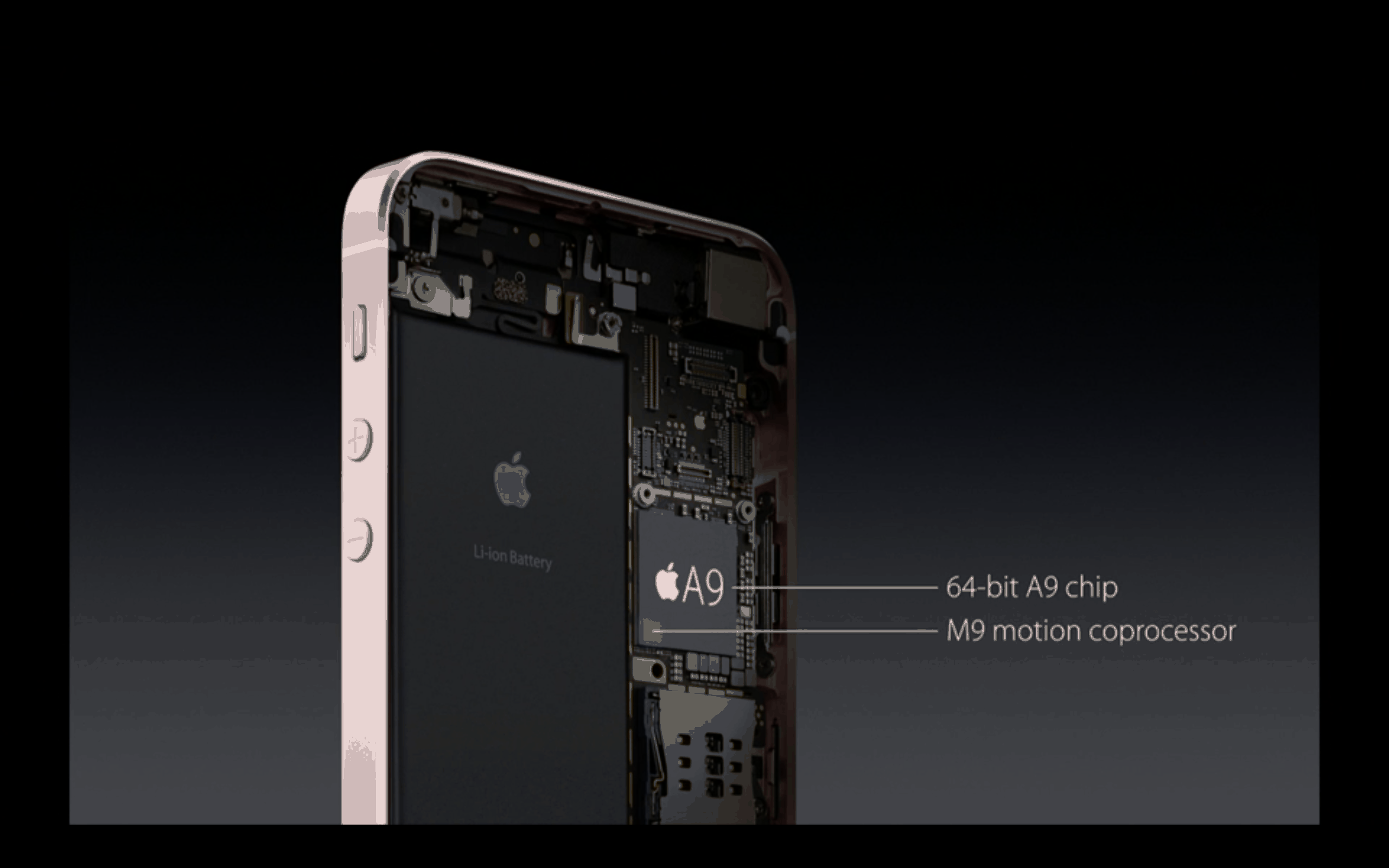
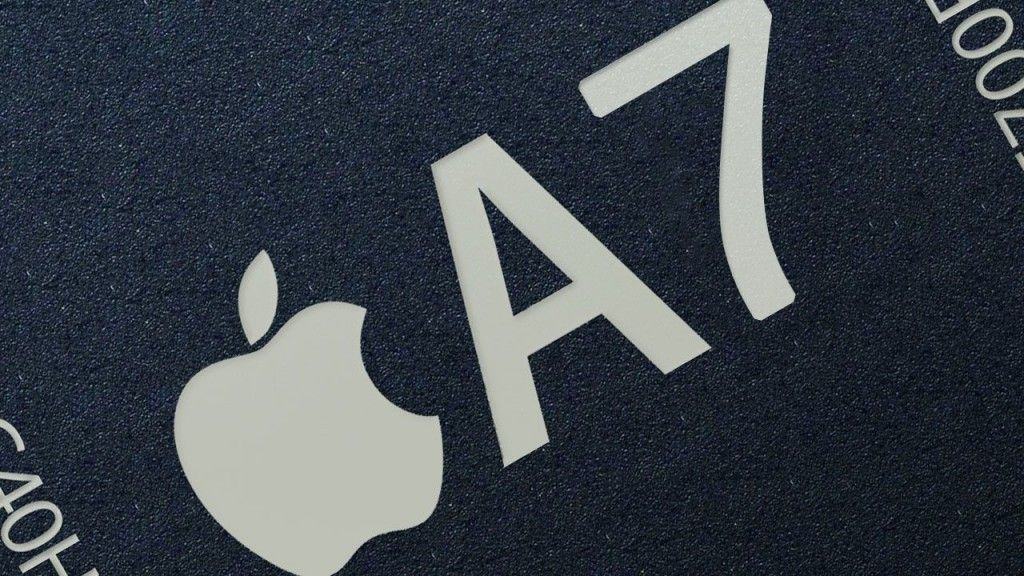
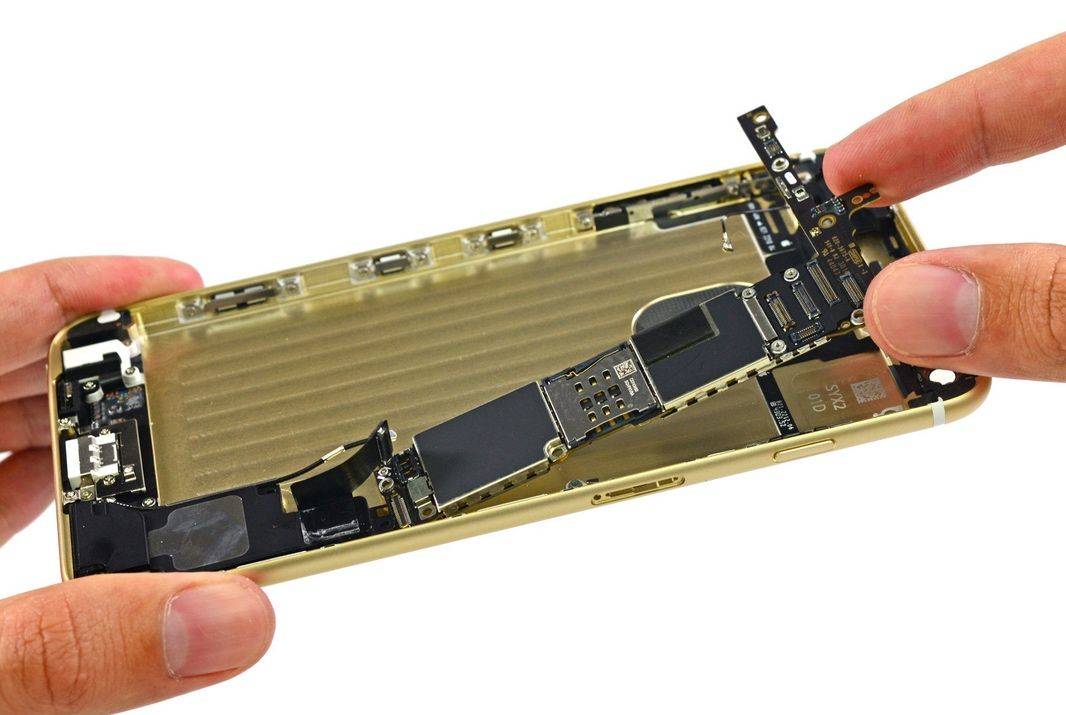

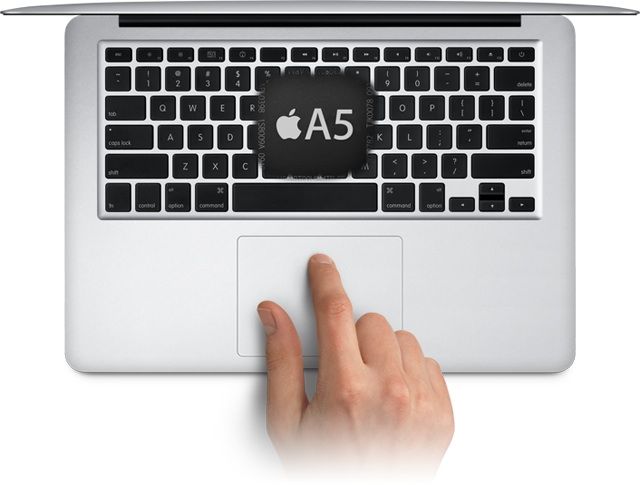




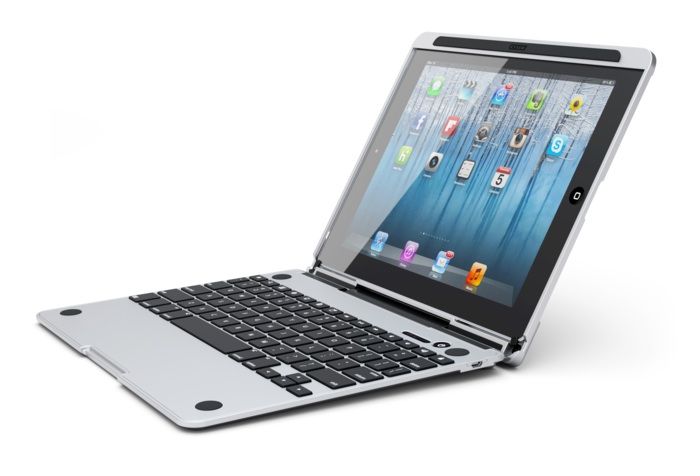
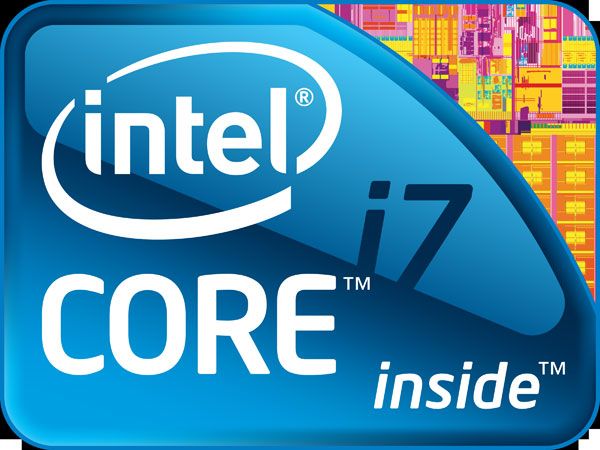
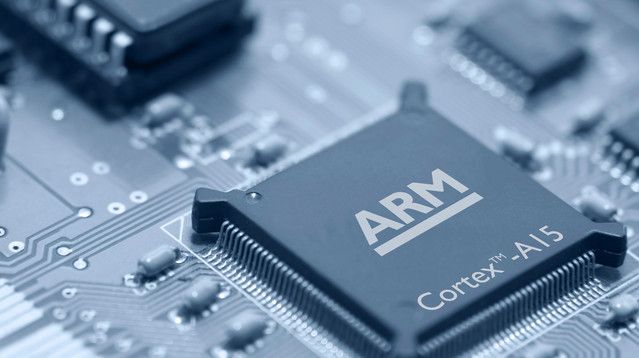

![Why Apple And Intel Probably Aren’t Going To Team Up To Make iPhone Chips [Feature] intela5](https://www.cultofmac.com/wp-content/uploads/2013/03/intela51.jpg)
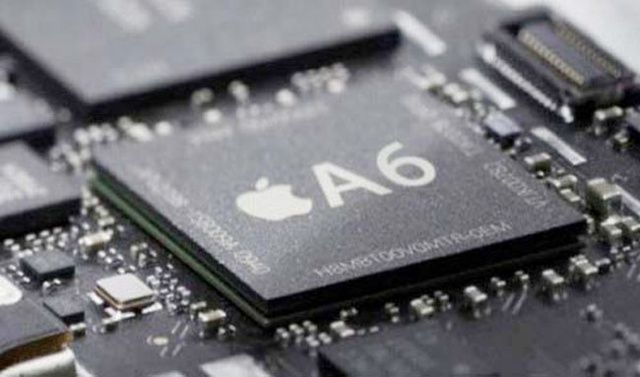
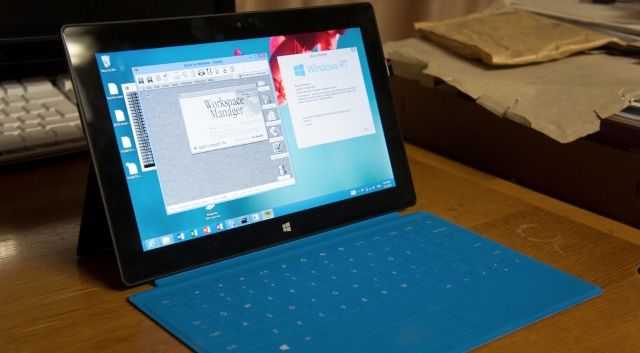
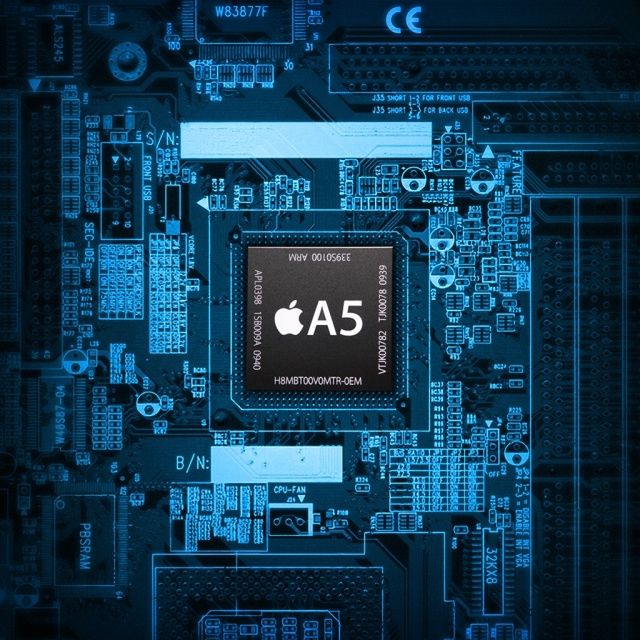
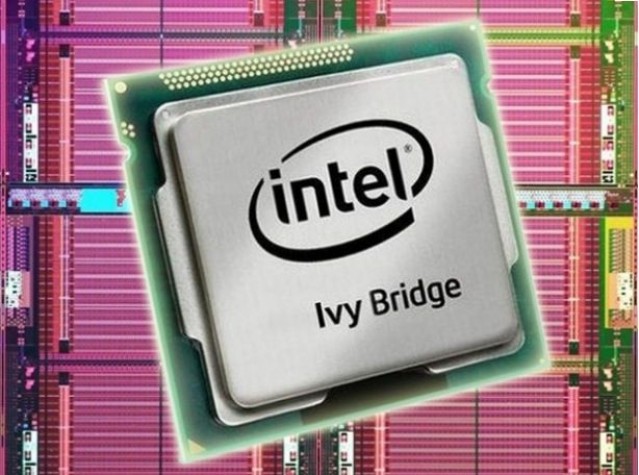
![Your iPad 6 Might Be Powered By Intel [Rumor] Bill Nye!? Sign me up!](https://www.cultofmac.com/wp-content/uploads/2012/11/iPadAERO3D.jpg)
![Apple Looking To Drop Intel On Mac For ARM-Based Processors From iOS [Report] apple_intel](https://www.cultofmac.com/wp-content/uploads/2012/11/apple_intel.jpg)
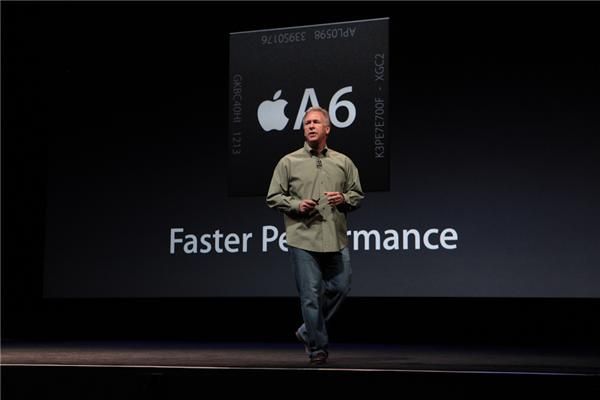

![Why Intel’s New Smartphone Chip Could One Day Give Us Dual-Booting iPads [MWC 2012] IMG_0347](https://www.cultofmac.com/wp-content/uploads/2012/02/IMG_0347.jpg)

![Apple Working On Revamped A5 Chip And Totally New A6 Chip At The Same Time [Rumor] A5X](https://www.cultofmac.com/wp-content/uploads/2012/02/A5X.jpg)